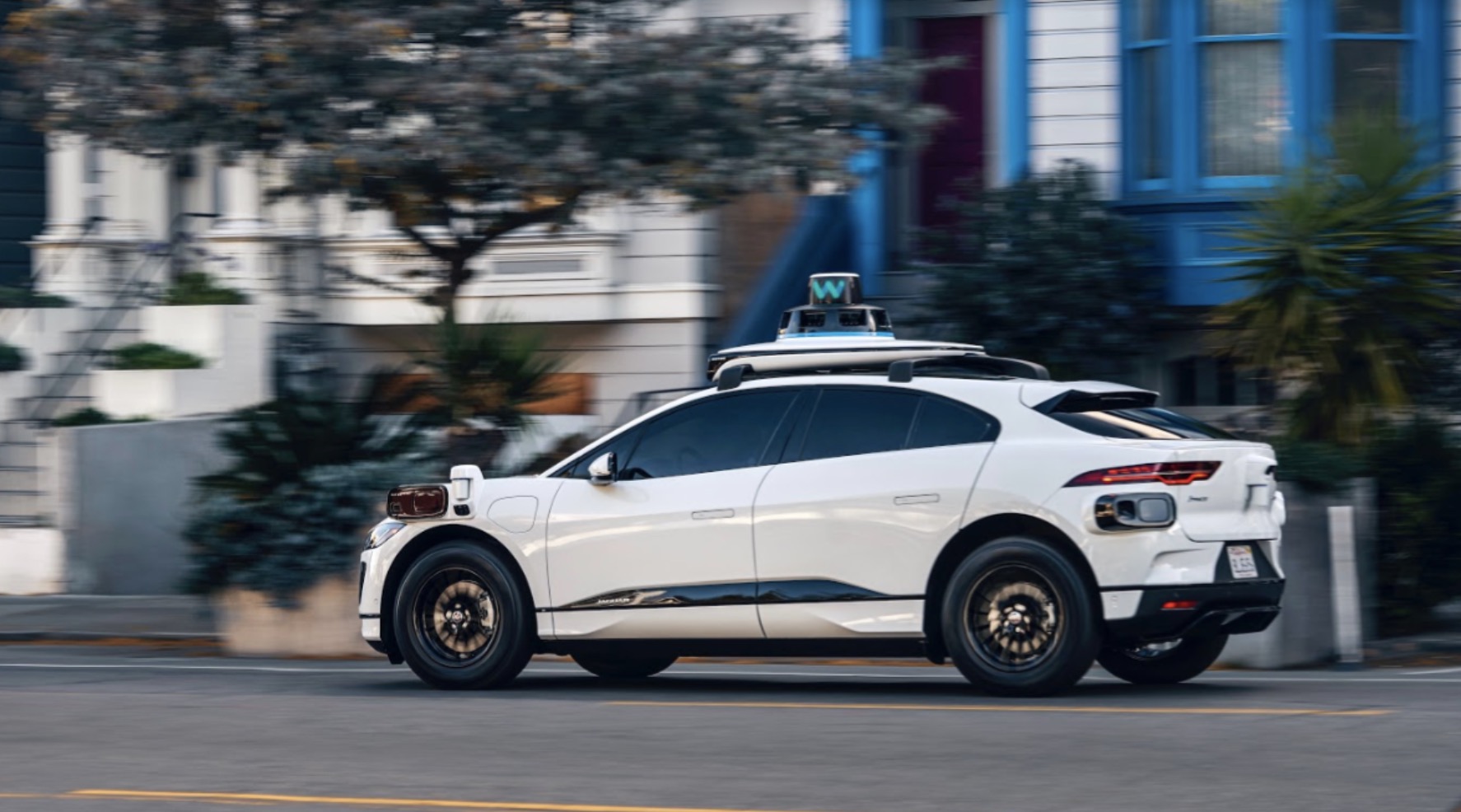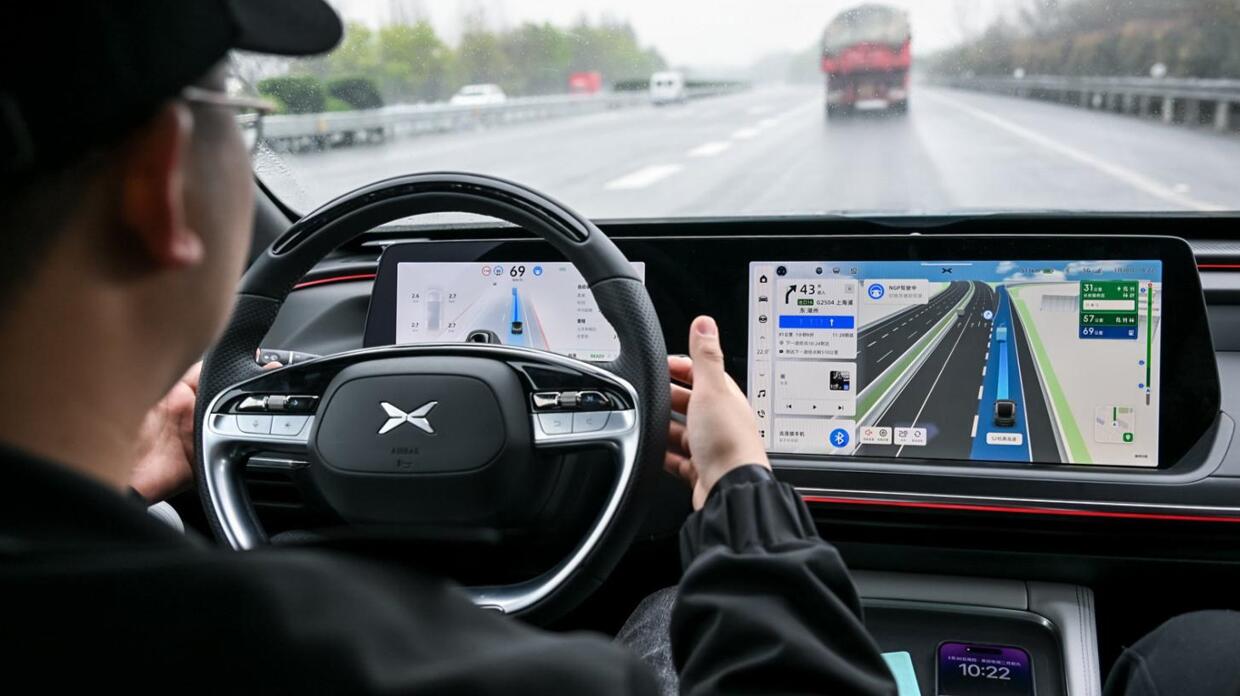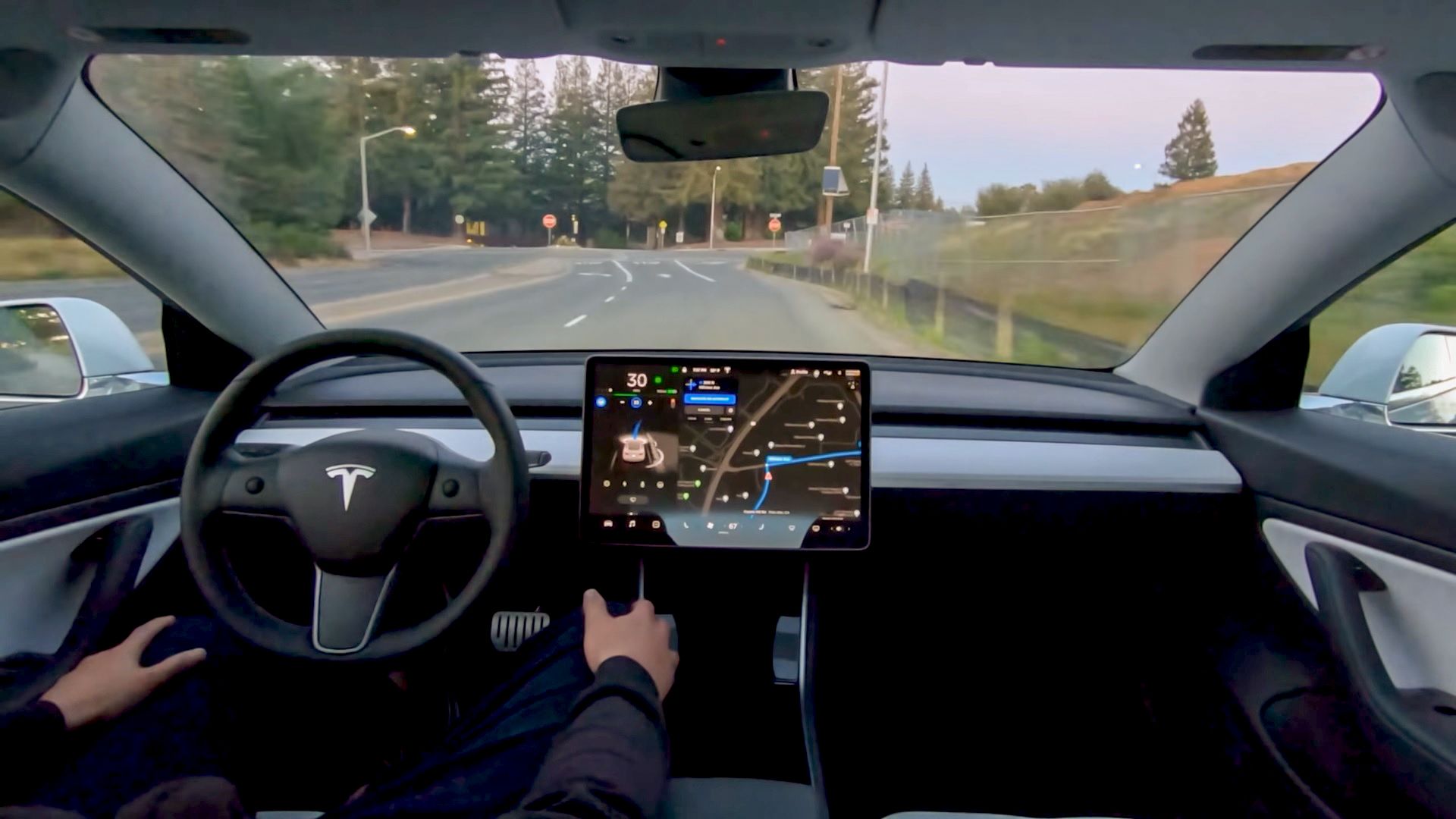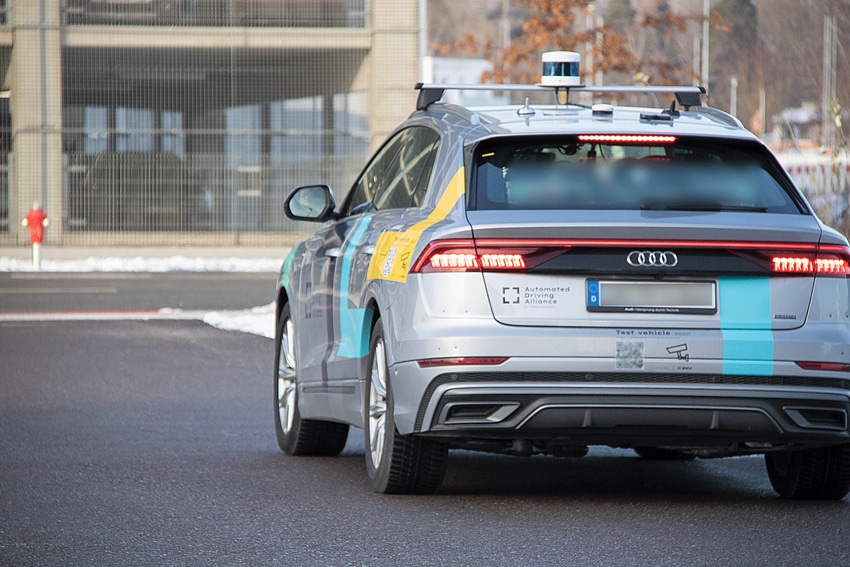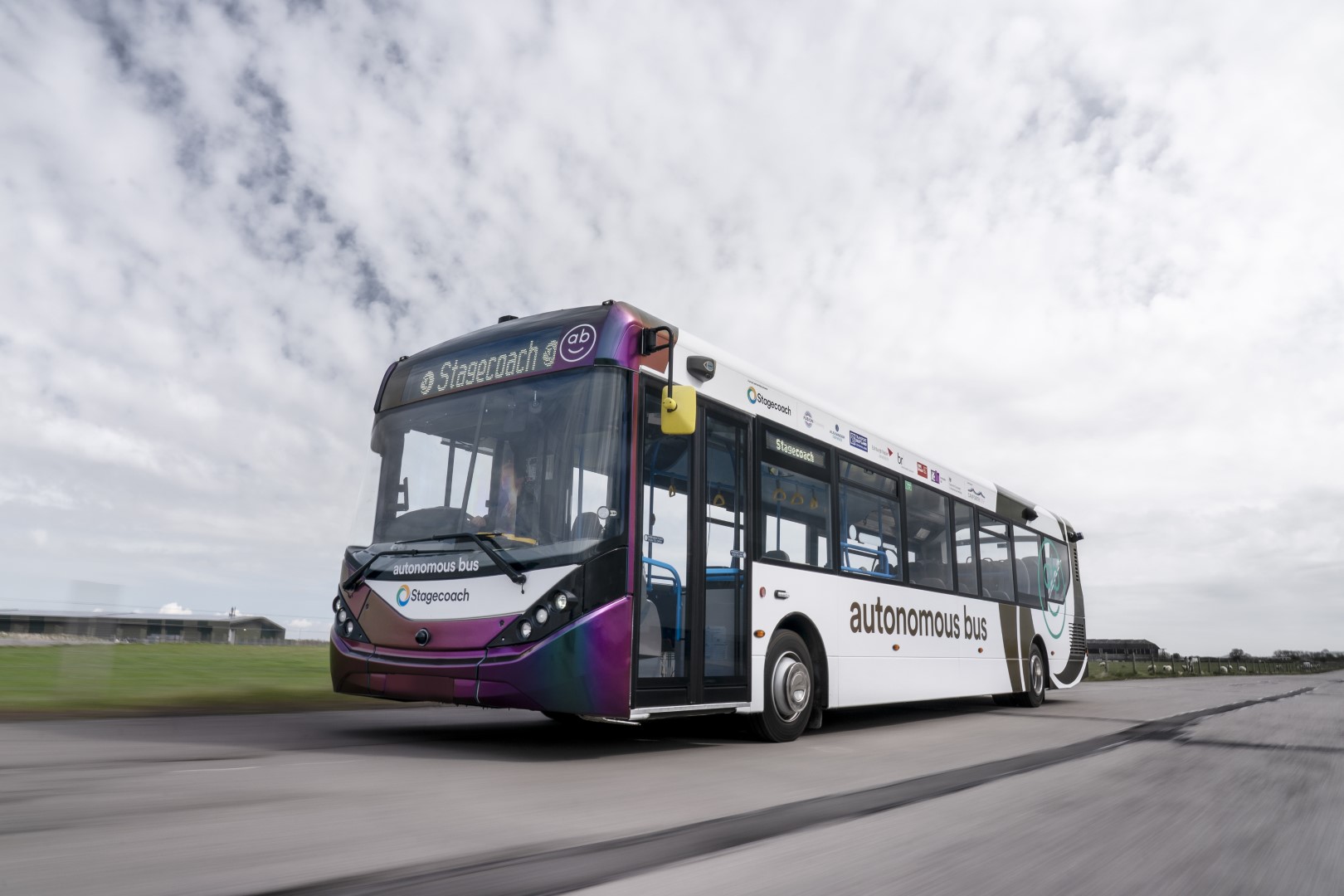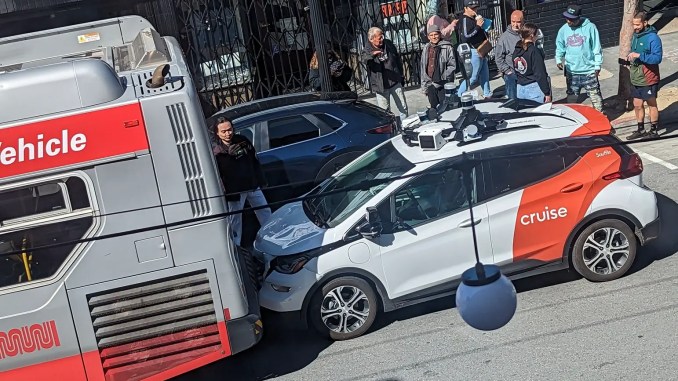Waymo has made a bold announcement that is sure to make waves in the automotive industry. The company has revealed its plans to phase out the Chrysler Pacifica Hybrid and transition to an all-electric vehicle (EV) fleet. As part of this transition, Waymo will be replacing its plug-in hybrid minivan with the Jaguar I-Pace in Phoenix and the East Valley region starting next month.
This move marks a significant milestone for Waymo, as it becomes one of the first autonomous vehicle companies to embrace electric power. According to the company, EVs offer several key benefits over traditional gas-powered vehicles, including lower carbon emissions and higher vehicle utilization rates. With the average vehicle in the US parked 95% of the time, Waymo believes that autonomous EVs driven around the clock can achieve a significantly higher utilization rate, maximizing the environmental benefits of electric power.
In addition to its environmental benefits, Waymo’s EVs are charged with 100% renewable energy, further reducing their carbon footprint. The company also expressed excitement about future electric vehicles, such as those made by Zeekr, hinting at the possibility of even more exciting developments in the EV space in the years to come.
But Waymo’s ambitions don’t end there. The company has also announced plans to expand its operations to Austin, Texas, marking a homecoming of sorts for the company. Waymo’s original Firefly prototype was demonstrated on residential streets in the city back in 2015, and the company sees Austin as an attractive location due to its growing population and diverse neighborhoods.
Waymo’s expansion to Austin is part of its larger strategy to learn as much as possible about operating its autonomous vehicles in different environments. With Austin’s busy, growing, and diverse neighborhoods, the city provides a unique opportunity for Waymo to test its fifth-generation driver technology and gather data that could help inform its operations in other cities.
Waymo will be deploying the I-Pace and its fifth-generation driver technology across central and East Austin, including downtown, Rainey Street, Clarksville, Bouldin Creek, the Market District, Holly, and the Capitol. Nathaniel Fairfield, an engineer at Waymo, noted that the experiences encountered on Austin’s roads are useful for the company’s existing operations in San Francisco and Phoenix. All three cities are fast-changing, with busy downtowns and many live events, making them ideal for testing autonomous vehicles in a dynamic urban environment.
Overall, Waymo’s announcement is a significant step forward for the EV and autonomous vehicle industries. By embracing electric power and expanding its operations to new cities, Waymo is leading the charge towards a cleaner, more efficient future for transportation. As more companies follow in Waymo’s footsteps, we can expect to see even more exciting developments in the world of EVs and autonomous vehicles in the years to come.

